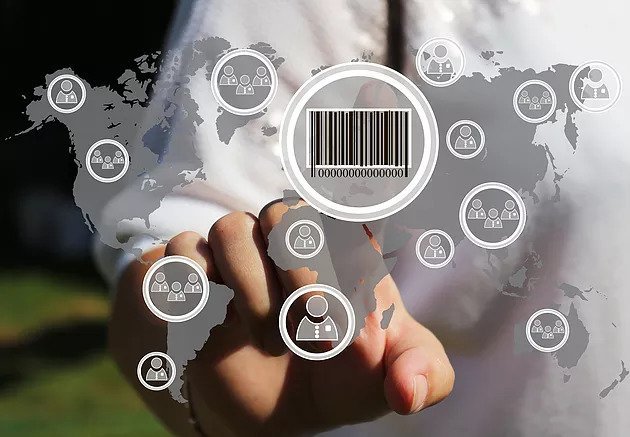Should I Serialize or Authenticate My Packaging?
By Ron Guido | Posted on January 23, 2018

Since the beginning of anti-counterfeiting activities, brand protection specialists routinely assess authentication technologies to “tag” genuine packaging labels. They also contemplate the value of investing in more expensive track & trace systems, whereby a bar code placed on various packaging components can be “read” in the field to help “follow” a product’s commercial route from point of manufacture to point of use.
So which category is more effective in protecting your brands through their supply chain?
The brand protection professionals at Covectra believe there are tangible benefits to be derived from adopting multiple layers of technology.
As a first order of defense, a covert marker placed in the ink of a product label or elsewhere on packaging components allows members of the legitimate supply chain to interrogate the packaging to authenticate it. In doing so they are able to conduct a binary analysis at that point in time and space. Is it ”genuine” or a suspected “knock-off”.
Alternately, product movement can be tracked using applied bar codes containing unique serial numbers on packaging. In these cases the serial number is dually effective in determining authenticity and revealing whether that sample is authorized to be in that location at that point in time.
As many of you know, these applications have their limitations. For instance, we have seen fake product inside genuine (reclaimed) packaging. It’s also possible to copy the image of a genuine barcode and image it onto a falsified label.
So what’s the best counter-measure for brands being targeted?
As a general rule, the level of applied brand protection should reflect the level of embedded risk for the brand and its supply chain. There are several methods for determining risk. We commonly use the two methods shown below:
Method 1: Product-Related Risk. Product risk exists in three dimensions.
- Inherent product risk: ubiquity of demand, ease of use and resale value of the category
- Channel of trade risk: number of resellers, presence of bulk trading or tendering, and especially the prevalence of electronic commerce
- Geographic risk: refer to World Health Organization’s heat map of countries most vulnerable to nefarious trade
Based upon your product’s profile and its journey from supplier to user, assign an overall qualitative risk level (high, medium or low).
Method 2: Supply Chain Risk. Consider the degree of complexity of your downstream supply chain as the primary contributor to risk.
- Low Supply Chain Risk: Your supply chain is truly linear with informational line-of-site and direct product transfers from manufacturing site to authorized intermediaries and then to the end customer.
- Medium Supply Chain Risk: Your supply “chain” is actually a network of hand-offs with both downstream and lateral trades among intermediaries, re-packagers and 3rd party traders.
- High Supply Chain Risk: Your supply chain is a network PLUS, with commerce conducted across borders where non-affiliated importers/exporters and freight forwarders are entrusted with your goods.
Adoption of Anti-counterfeiting Technologies
If your analysis concludes that your product’s inherent and trade risks are low, a simple authentication mark could suffice. However, if the risks are medium or high based upon the nature of the product or network of distribution, then a combination of unique (serialized) identifiers plus covert authentication technologies provide the best safeguards. Regardless of your brand protecting methods, it is important to change your tactics regularly as counterfeiters are constantly studying your packages and labels for accurate replication.
What are your general strategies for deploying brand protection technology? How do you assess risk? We’d like to hear from you. Contact us at info@covectra.com.
Covectra, Inc. is dedicated to the study of supply chain integrity and the deployment of proven counter-measures to help achieve brand protection and enhance supply chain intelligence.
